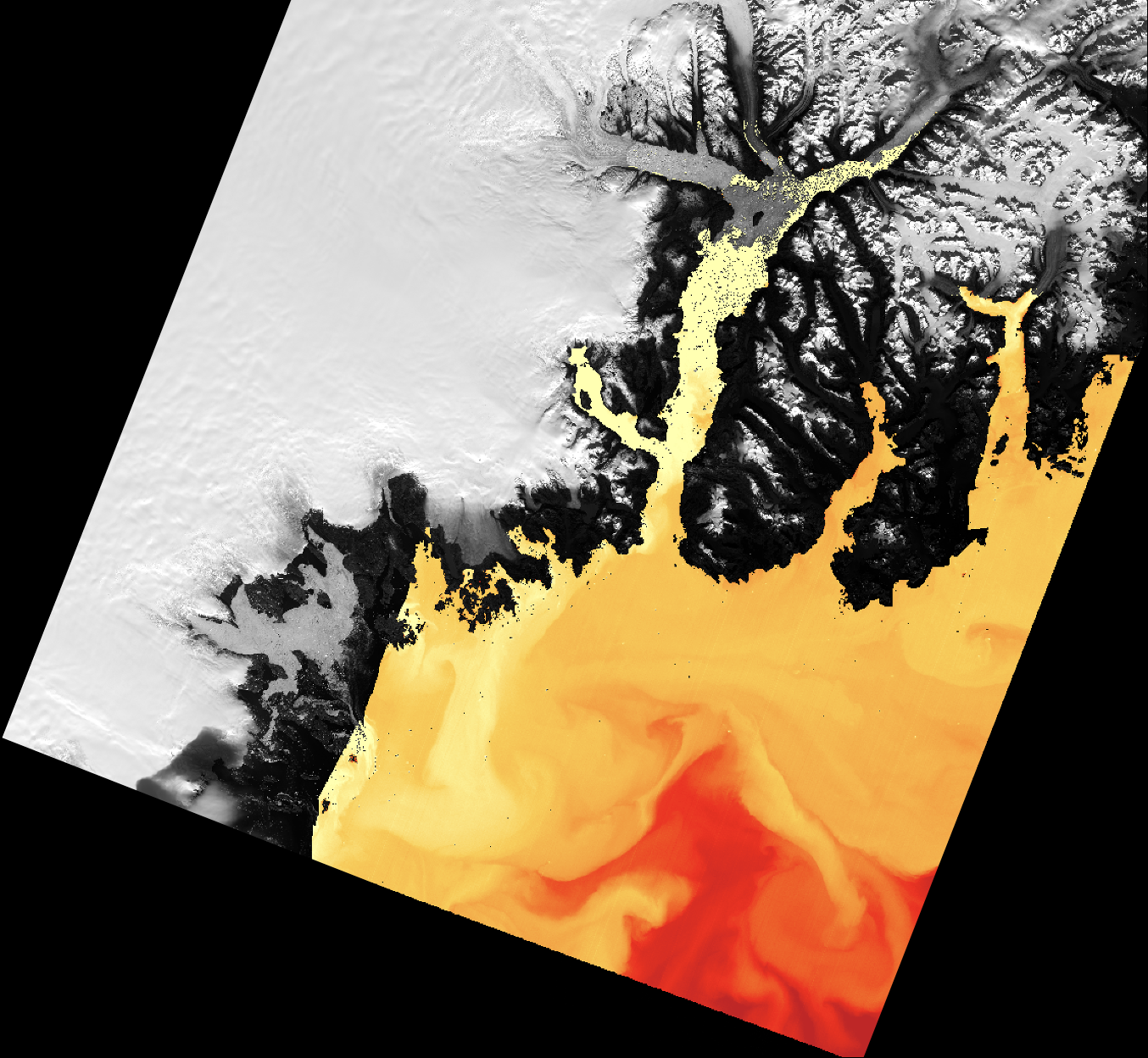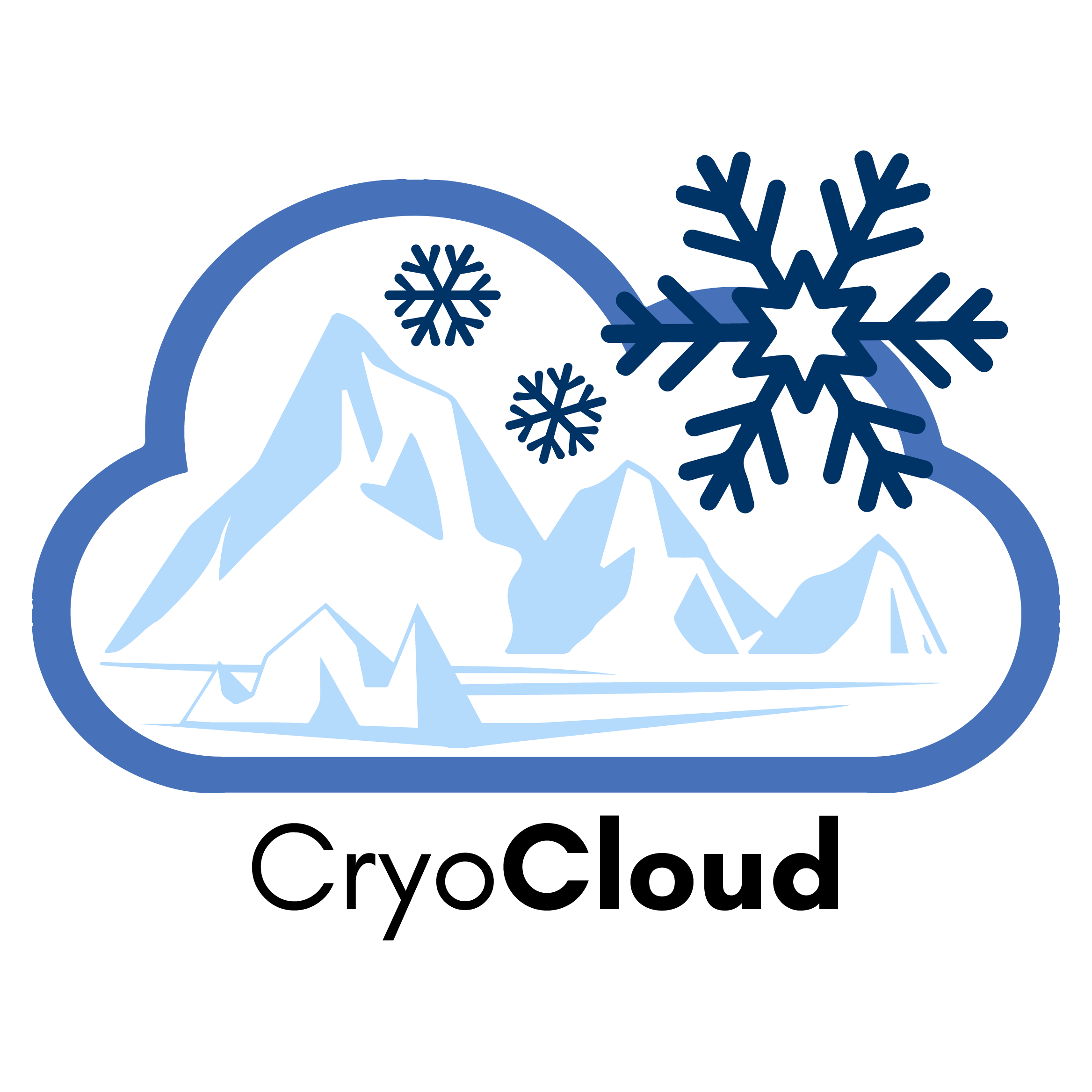Glacier ocean systems through
the lens of thermal infrared (heat)
Satellites capture thermal images of the ocean and ice in polar regions. We use thermal in new ways to study ocean circulation, ice melt, and to see ice features in polar winter. Learn more.


